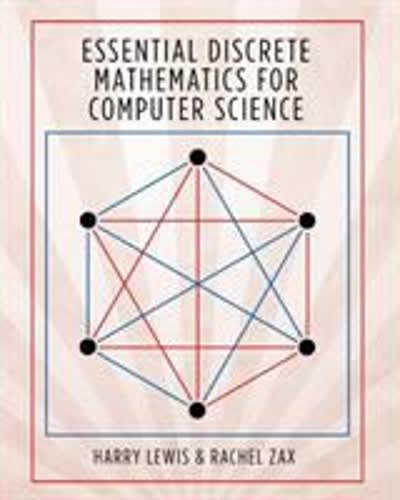Answered step by step
Verified Expert Solution
Question
1 Approved Answer
When developing financial statement forecasts, analysts should most likely: a) Develop possibilities relying exclusively on the results of financial analysis b) Use the results of


When developing financial statement forecasts, analysts should most likely:
a) Develop possibilities relying exclusively on the results of financial analysis
b) Use the results of financial analysis, analysis of other information, and judgement
c) Aim to develop extremely precise forecasts using the results of financial analysis
d) Not consider information published by other analysts



Step by Step Solution
There are 3 Steps involved in it
Step: 1

Get Instant Access to Expert-Tailored Solutions
See step-by-step solutions with expert insights and AI powered tools for academic success
Step: 2

Step: 3

Ace Your Homework with AI
Get the answers you need in no time with our AI-driven, step-by-step assistance
Get Started


